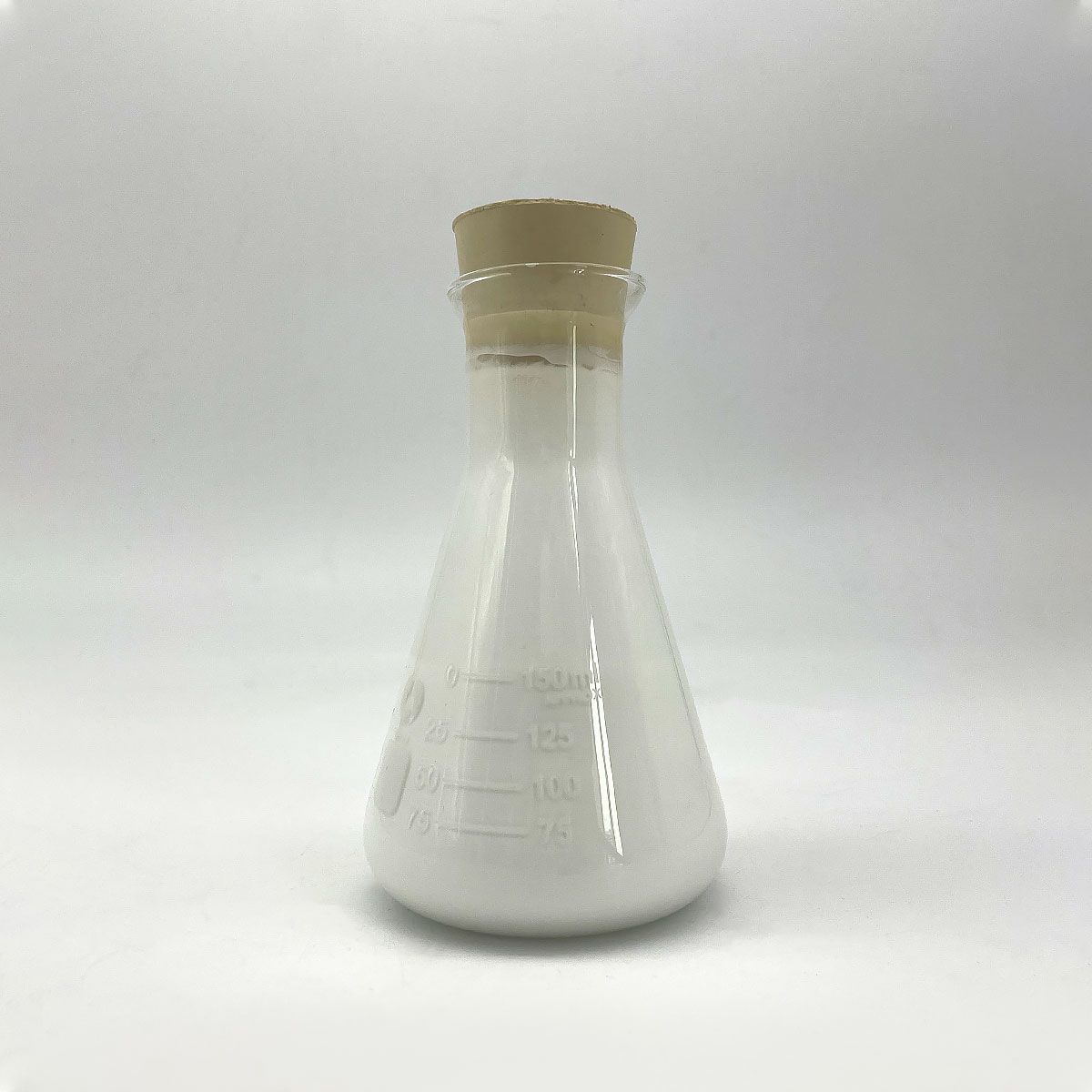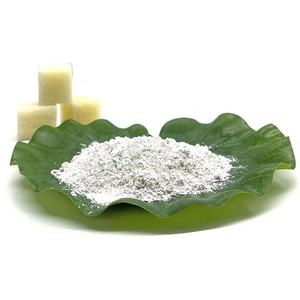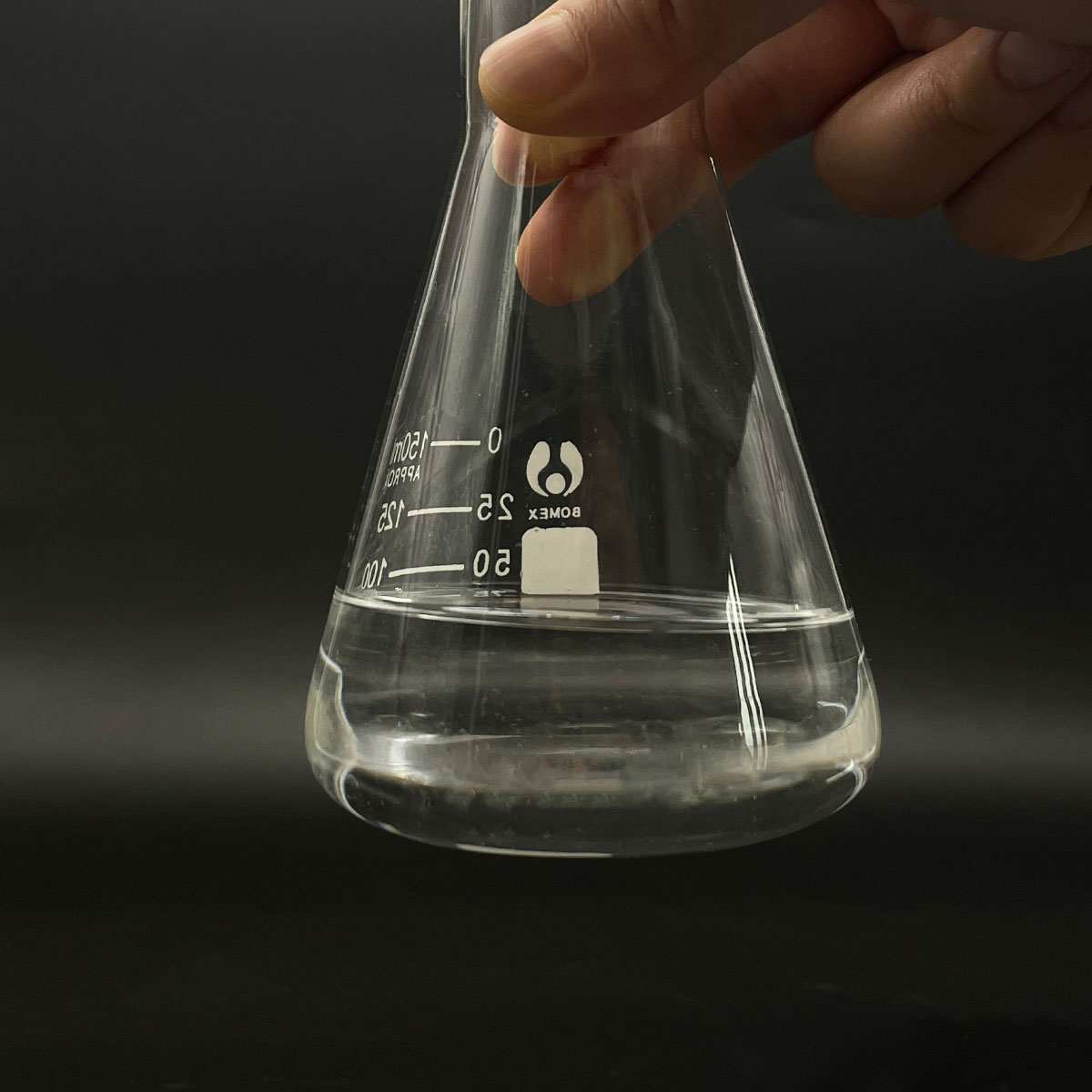1. Introduction
Let’s talk bubbles. Not the kind that burst your financial dreams, but the sudsy, foamy, lather-up-your-hair kind. At the heart of many of those bubbles lies sodium lauryl sulfate (SLS)—a surfactant so famous it’s practically a household name. But is SLS really the MVP of cleansing, or is it just the loudest kid in the chemistry class? In this deep dive, we’ll pit SLS against its surfactant siblings in seven epic showdowns, comparing everything from skin irritation to herbicide performance. Spoiler: your shampoo might be hiding a secret gentler twin.

2. Sodium Lauryl Sulfate vs. Sodium Laureth Sulfate: The Sibling Rivalry
First up: the classic face-off between sodium lauryl sulfate (also known as sodium dodecyl sulfate or SLS) and sodium laureth sulfate (SLES, sometimes spelled sodium lauryl ether sulphate). Both are anionic surfactants—meaning they carry a negative charge—and both create luxurious lather. But here’s the twist: SLES is ethoxylated, which makes it milder on the skin. SLS? Not so much. It’s a powerhouse cleaner but can leave your skin feeling like a desert. SLES is the go-to in most shampoos labeled ‘gentle,’ while SLS often lurks in industrial cleaners or budget toothpastes.
- SLS: Strong degreaser, high irritation potential
- SLES: Milder, better for daily use, but may contain trace 1,4-dioxane (a byproduct of ethoxylation)

3. The Natural Contenders: Alkyl Polyglucoside and Decyl Glucoside
Enter the bio surfactants—eco-friendly, plant-derived, and kind to your face. Alkyl polyglucoside (APG) and decyl glucoside are non-ionic surfactants made from coconut oil and glucose. They don’t foam like SLS, but they clean effectively without stripping natural oils. These are the darlings of ‘sulfate-free’ shampoos and baby products. Bonus: they’re biodegradable and play nice with aquatic life. If SLS is the drill sergeant, APG is the yoga instructor who whispers, ‘You’re doing great, sweetie.’
4. Betaines to the Rescue: Cocamidopropyl Betaine and Friends

Now meet the amphoteric surfactants—molecules that can switch charges depending on pH. Cocamidopropyl betaine (also called coco betaine or amidopropyl betaine) is the ultimate team player. It boosts foam, reduces irritation from harsher surfactants like SLS, and adds viscosity to shampoos. It’s rarely used alone but shines in blends. Think of it as the wingman that makes SLS look less like a bully and more like a misunderstood bro.
5. Sulfate Alternatives That Actually Work
Tired of sulfates but still want lather? Try sodium cocoyl isethionate or sodium lauroyl sarcosinate. The former is a mild anionic surfactant derived from coconut, often found in solid shampoo bars. The latter—lauroyl sarcosinate—is used in high-end toothpastes for its gentle foaming and anti-plaque properties. Both offer effective cleansing without the stinging eyes or dry scalp. And yes, they’re way less likely to show up on your ‘ingredients to avoid’ list.
- Sodium coco sulfate: Often marketed as ‘natural SLS,’ but still anionic and potentially irritating
- Sodium lauroyl methyl isethionate: Ultra-mild, used in luxury body washes
6. Surfactants Beyond the Bathroom: Herbicides and Lawn Care
Surfactants aren’t just for personal care—they’re critical in agriculture too. When you’re spraying weed killer, you need a surfactant for herbicides to help the solution stick to waxy leaves. Here, methylated seed oil or nonionic surfactants like polysorbate 80 or ethoxylated alcohols often win over SLS. Why? Because SLS can foam too much in spray tanks and isn’t as effective as a wetting agent for grass. Lawn wetting agents usually rely on nonionic or amphoteric types for better leaf penetration without damaging soil microbes.
7. The Full Lineup: Where SLS Stands Among Its Peers
Let’s be fair: SLS (or natrium lauryl sulfate, if you’re feeling fancy) is cheap, effective, and widely available—hence why you’ll find ‘sodium lauryl sulfate for sale’ everywhere from labs to dollar stores. But it’s not the only game in town. Compare it to cationic surfactants like cetyl trimethyl ammonium bromide (CTAB), used for antimicrobial action, or anionic sodium dodecylbenzene sulfonate in laundry detergents. Even obscure players like sodium deoxycholate or fluoro surfactants have niche roles. Meanwhile, companies like Rohit Surfactants Private Limited manufacture a full spectrum—from lignin sulfonate for concrete to coco glucoside for organic skincare.
Conclusion
Sodium lauryl sulfate isn’t evil—it’s just… intense. Like that friend who shows up to a picnic with a flamethrower. But thanks to a growing roster of alternatives—from amphoteric cocamidopropyl to bio-based alkyl polyglucoside—you don’t have to choose between clean and kind. Whether you’re formulating shampoo, mixing herbicide, or just trying not to itch after a shower, there’s a surfactant out there that fits your vibe. So next time you see ‘SLS’ on a label, remember: it’s not the only bubble in the bath.
Our Website founded on October 17, 2012, is a high-tech enterprise committed to the research and development, production, processing, sales and technical services of ceramic relative materials such as 7. Our products includes but not limited to Boron Carbide Ceramic Products, Boron Nitride Ceramic Products, Silicon Carbide Ceramic Products, Silicon Nitride Ceramic Products, Zirconium Dioxide Ceramic Products, etc. If you are interested, please feel free to contact us.


